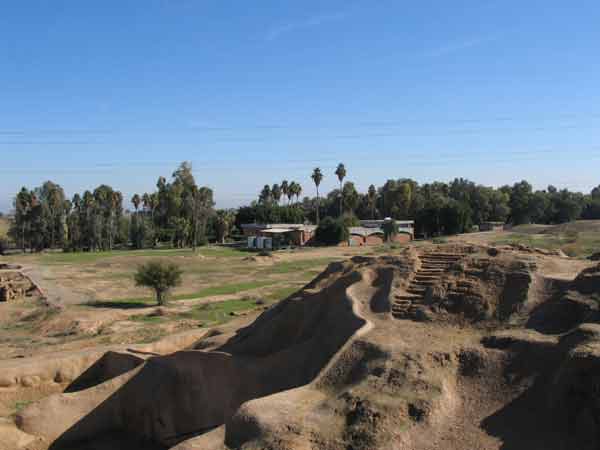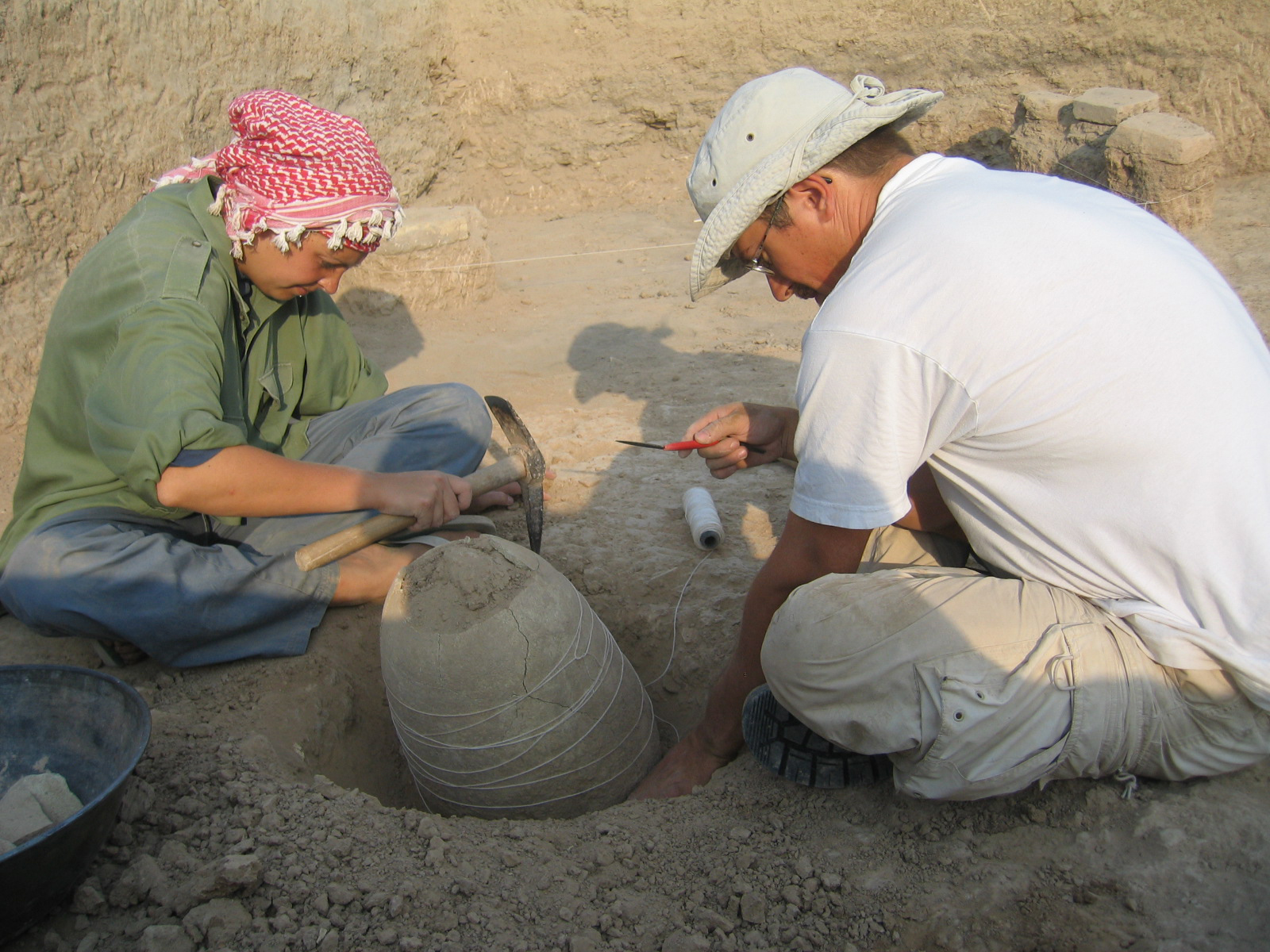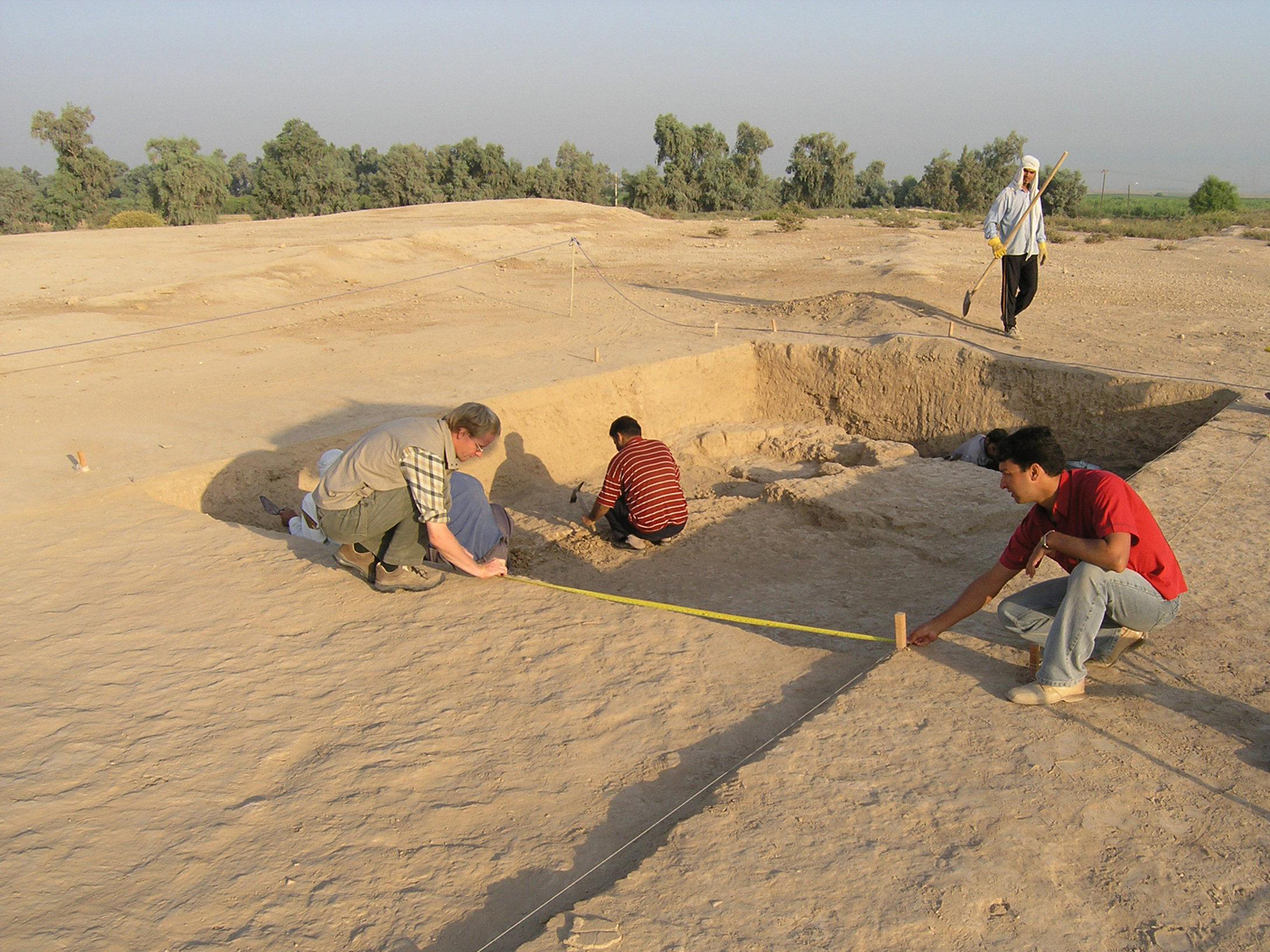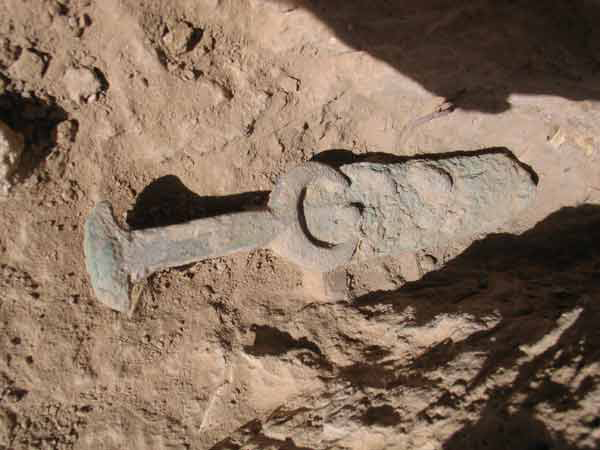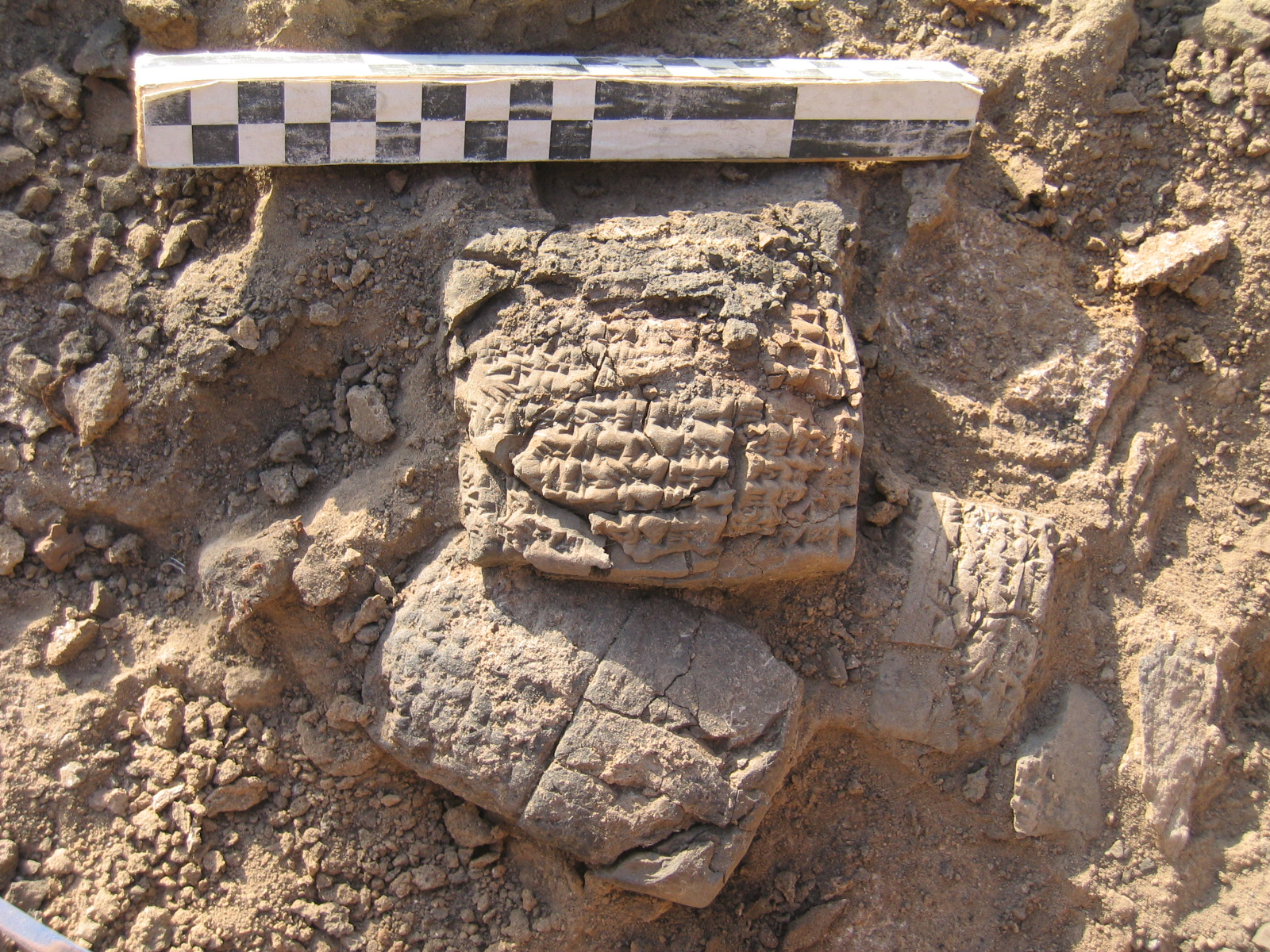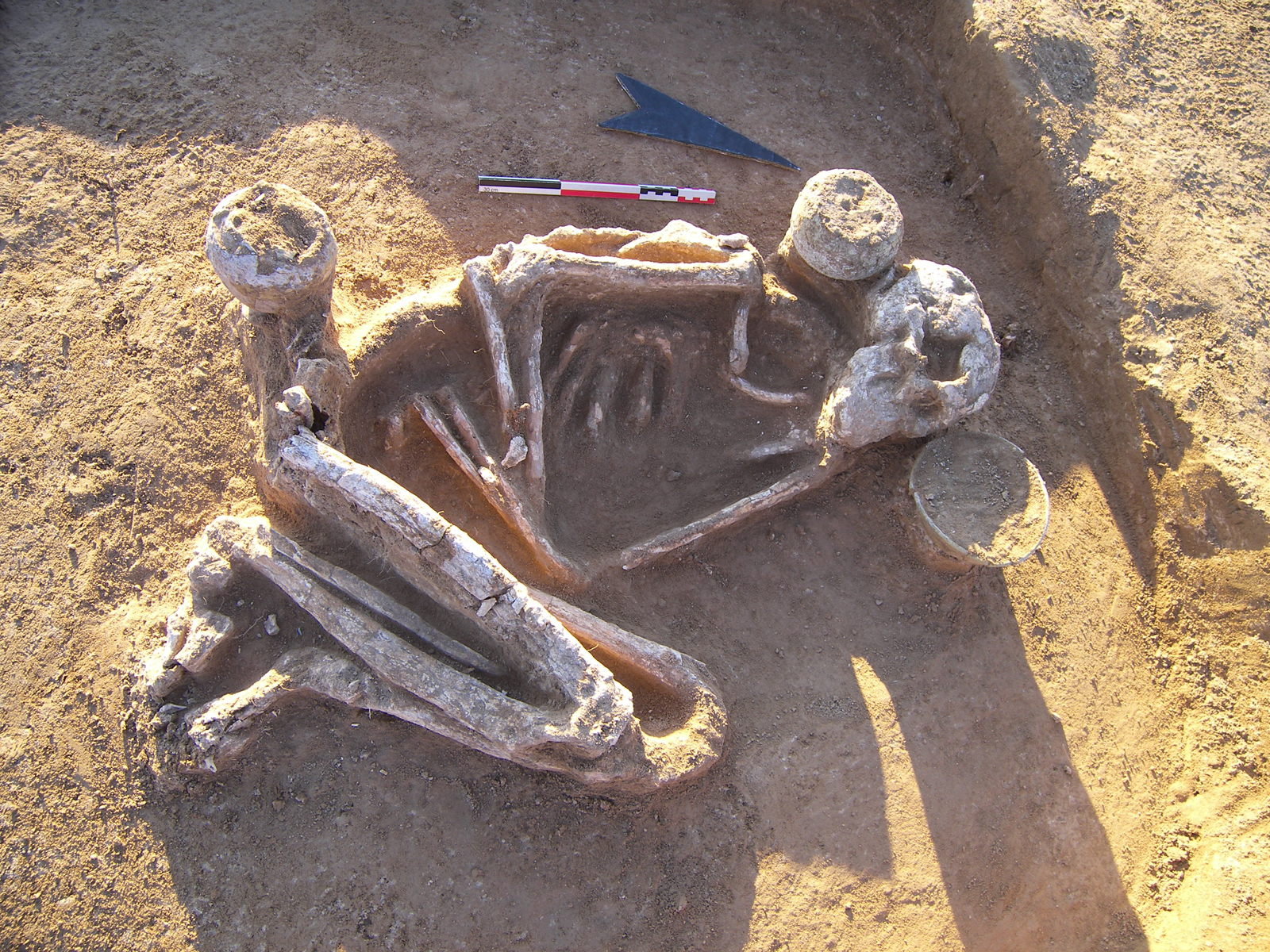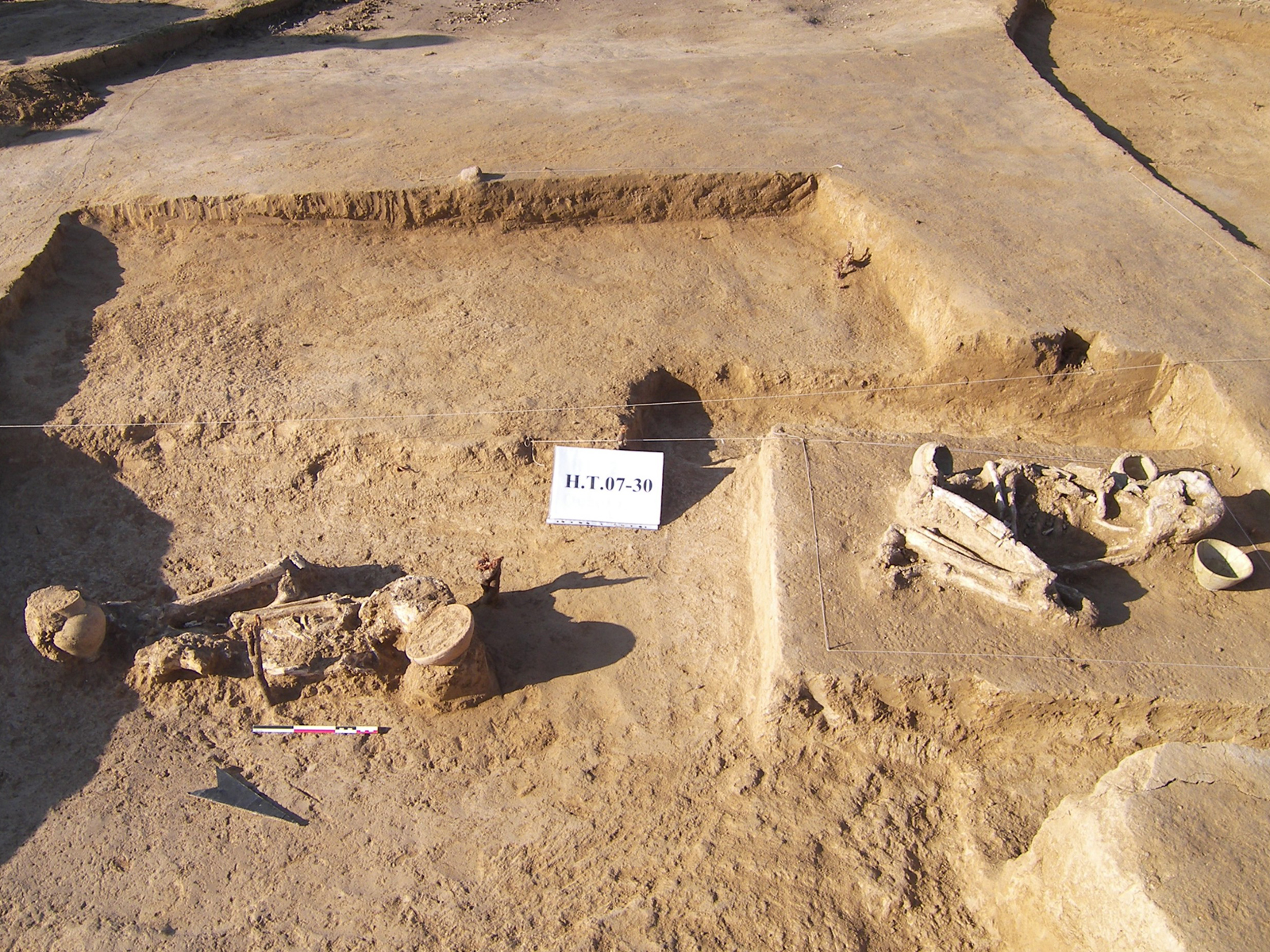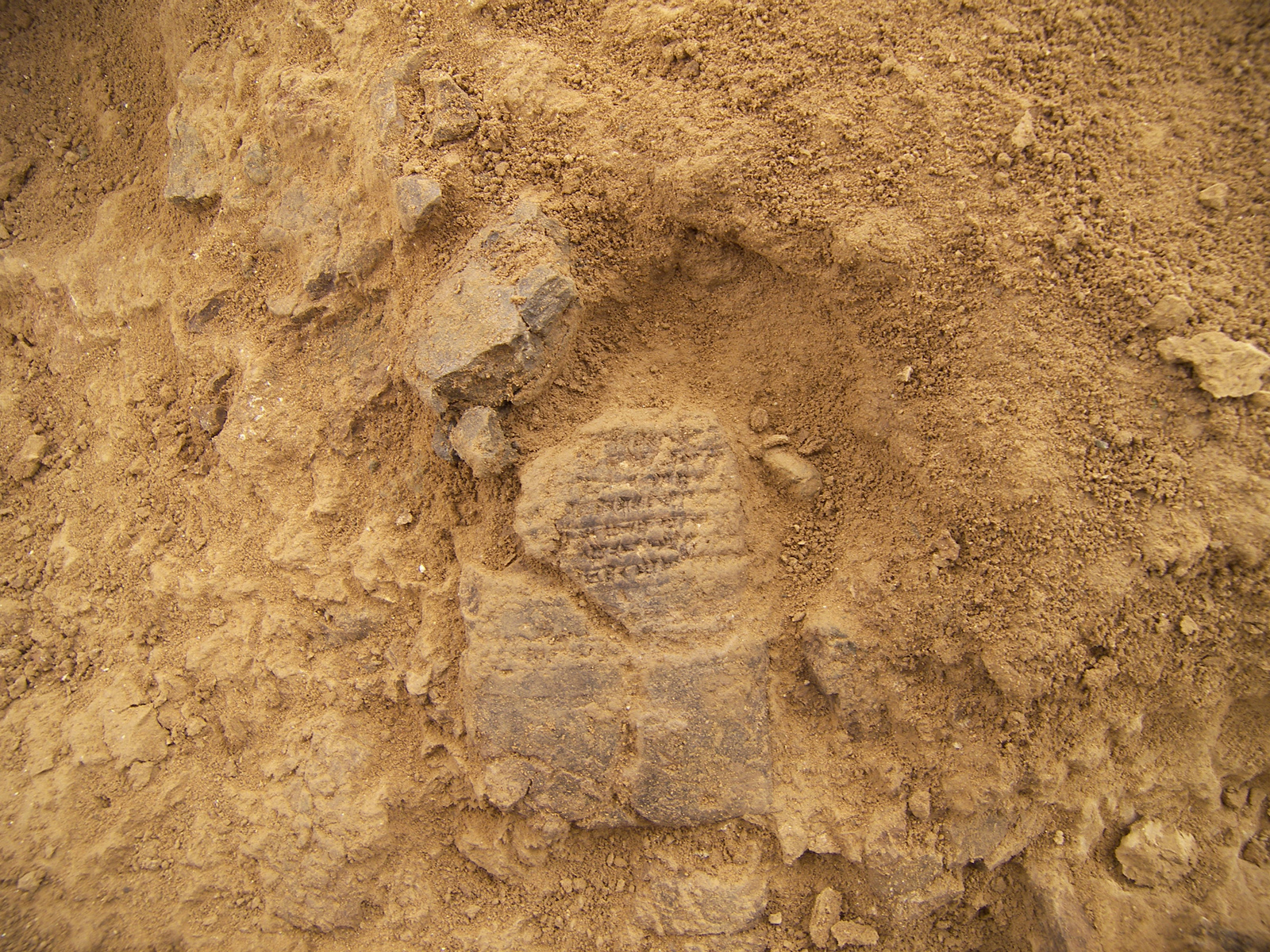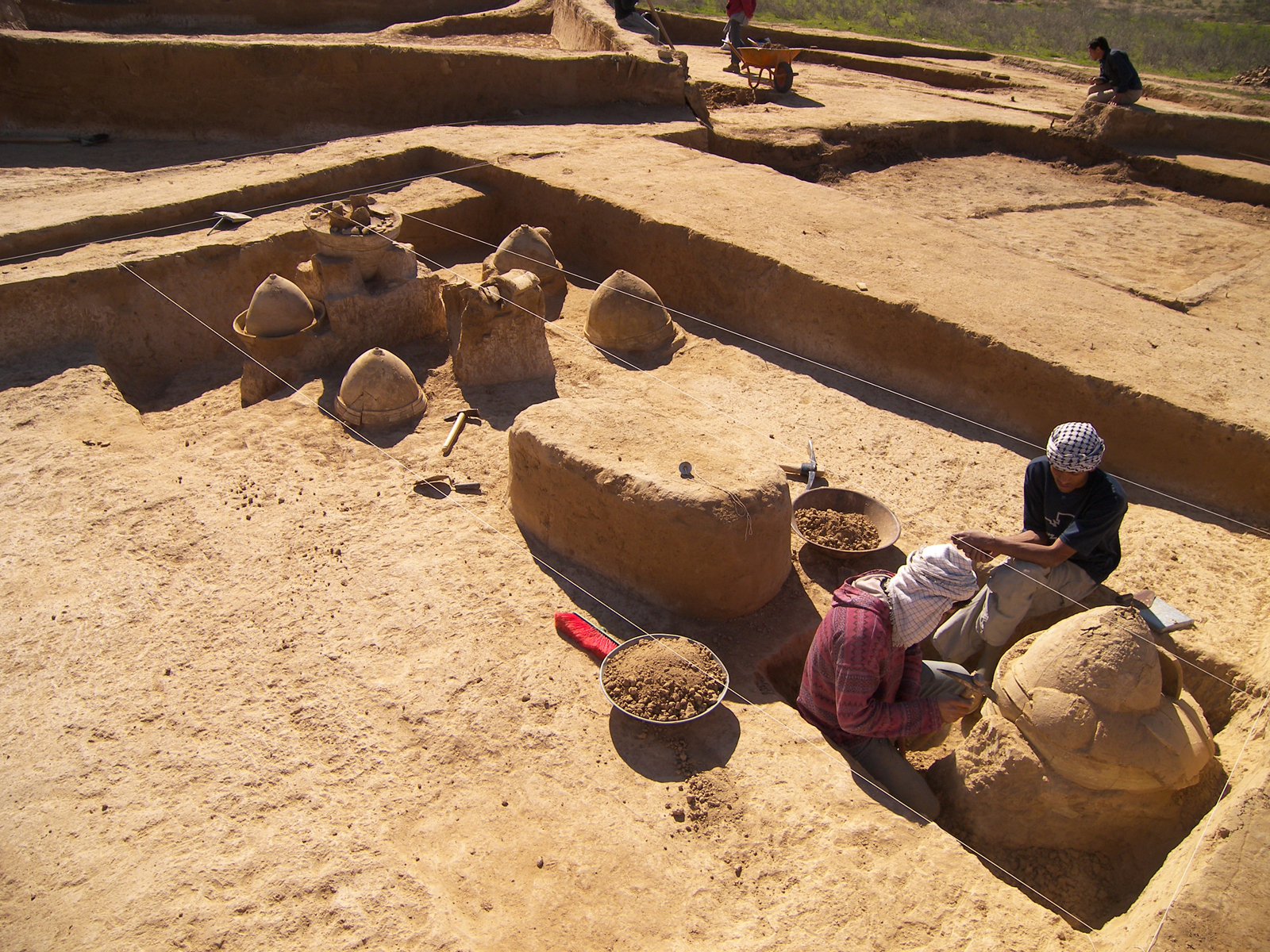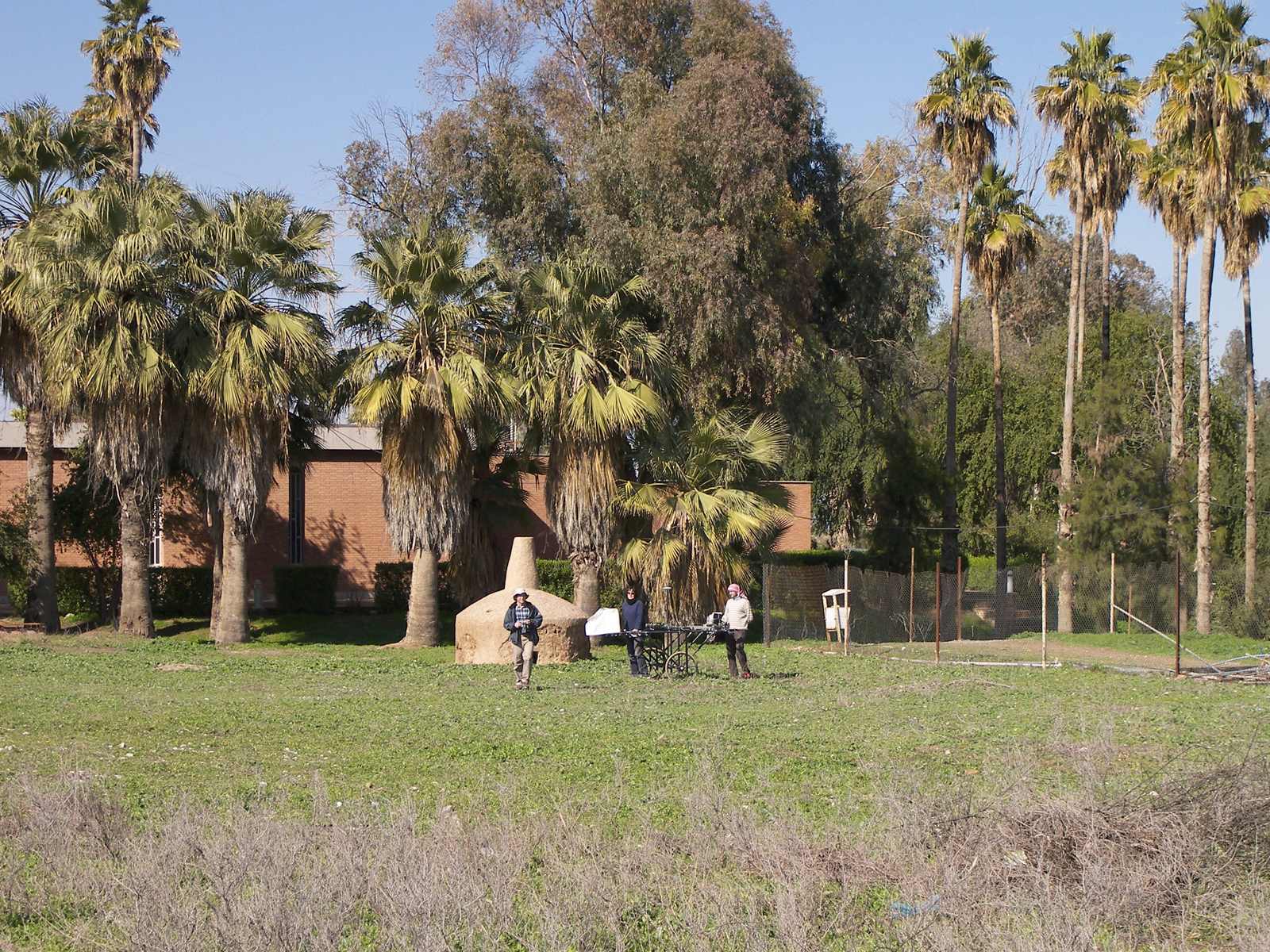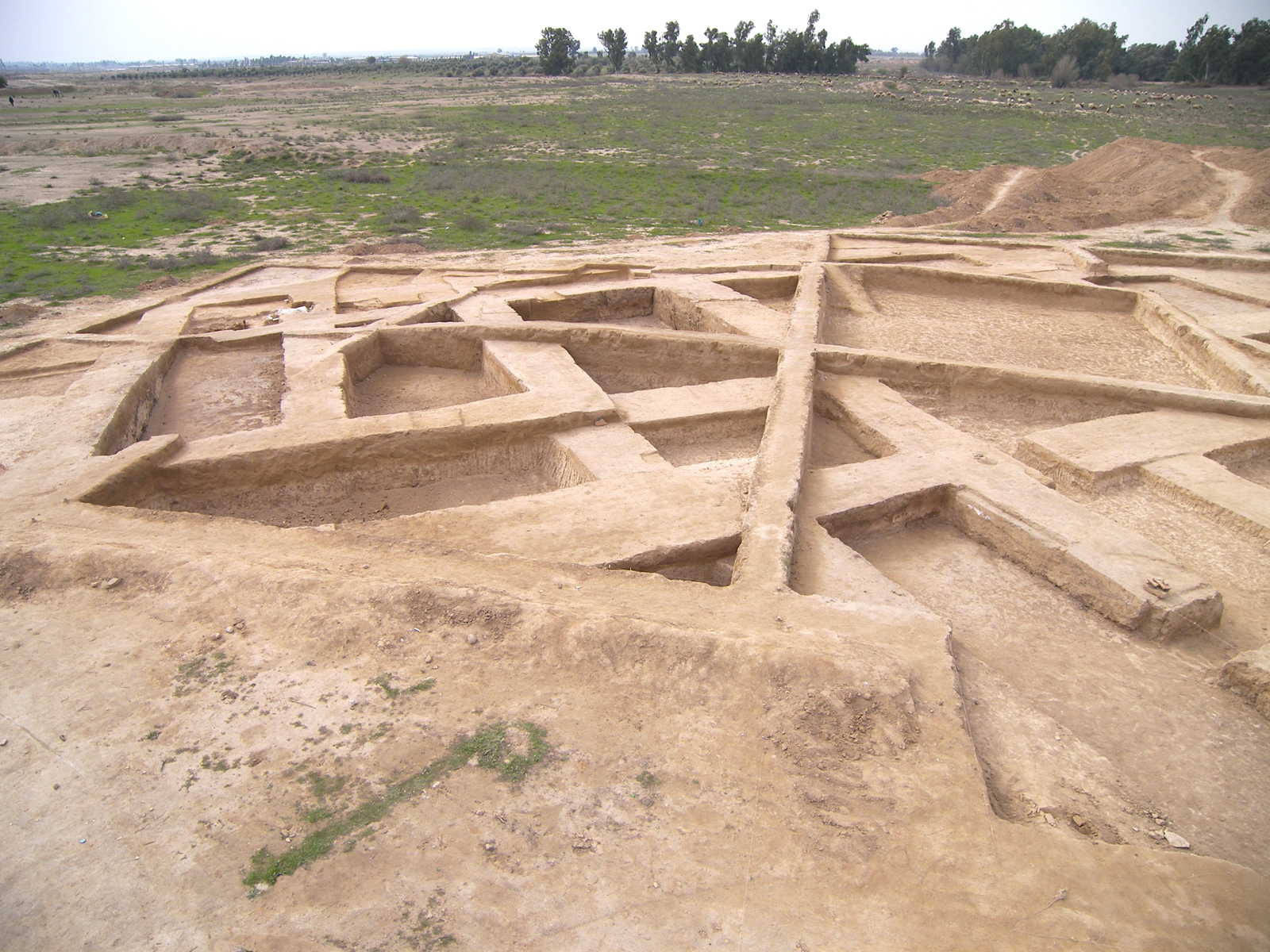Iran has opened up access to Mainz University for the purposes of archaeological research
15.04.2005
The Iranian Center for Archaeological Research and the Institute of Egyptology and Ancient Near Eastern Studies at Johannes Gutenberg University Mainz (JGU) have commenced joint explorations at the ancient Elamite site of Haft Tappeh in present-day Iran. "After a period of more than 25 years during which the country was inaccessible to such research, we were the first German university to be allowed to resume this archaeological work in collaboration with our Iranian partners," explained Professor Eva A. Braun of the Institute of Egyptology and Ancient Near Eastern Studies. The project is being financed by the German Research Foundation (DFG).
The civilization of Elam bordered Babylon to the east and existed from the early 3rd millennium BC to the middle of the 1st millennium BC. Its capital Susa, today site of the tomb of the prophet Daniel, is mentioned several times in the Old Testament. Many years of excavation by the French in Susa brought numerous historical artifacts to light, including the life-sized bronze statue of Queen Napirasu and the Code of Hammurabi stele, both of which are now housed in the Louvre in Paris. Other Elamite settlements outside Susa were also discovered. In Dur Untash, today known as Chogha Zanbil, Roman Ghirshman excavated the largest known temple tower (ziggurat) in the Near East with a side length of 105 meters.
In the 1960s, a bulldozer being used to build a roadway for a sugar cane factory in Haft Tappeh accidentally uncovered the vault of a tomb built of brick. The Iranian antiquities authority decided to investigate the site. In the course of the subsequent excavations, several clay tablet fragments and stone engravings were found, which provided important information about a city that had once flourished here. One of these tablets bears the seal of Athibu, the governor of the ancient Elamite city of Kabnak. It has thus been postulated that ancient Kabnak was located at modern-day Haft Tappeh.
In the winter of 2004, the Iranian Center for Archaeological Research and the Institute of Egyptology and Ancient Near Eastern Studies at Mainz University signed a memorandum on archaeological research at Haft Tappeh. On initiation of the research project in January 2005, a team of seven researchers from the universities in Mainz and Kiel headed by Dr. Behzad Mofidi-Nasrabadi of the JGU Institute of Egyptology and Ancient Near Eastern Studies traveled to Iran. In collaboration with Iranian researchers and students, archaeological field explorations were undertaken at Haft Tappeh involving geophysical surveys and excavations. New areas of the antique city were surveyed and information about the building structures was collected. Furthermore, numerous ceramic vessels and other objects were found, among them several weapons made of bronze, terracotta statues, and clay tablet fragments with cuneiform writing. The inscriptions are being deciphered by Professor Doris Prechel of Johannes Gutenberg University Mainz.
"We hope to gain more detailed knowledge of the various aspects of this ancient city in additional investigations and excavations. This would significantly contribute towards a better understanding of Elamite history," said Professor Eva A. Braun. Johannes Gutenberg University Mainz is planning to continue this shared research project at Haft Tappeh in collaboration with the Iranian Center for Archaeological Research. The planning of a second campaign for the late summer of 2005 is under way.
